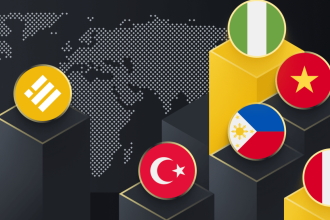Choosing the right contractual arrangement is the key factor to be considered for IT outsourcing. This is an informed decision that may potentially affect the business-customer relationship and financial deliverables. It is a crucial step to keep in mind that the pricing and contract models align with the corporate processes and business requirements.
Businesses can opt for the two mainstream IT outsourcing pricing models i.e.
- Fixed Price model
- Time and materials model
Both of these models involve different approaches to make the project done effectively and effectively. In the fixed-priced model, software development is accomplished sequentially and linearly. While the time and materials model involves iterative and incremental processes. Each model is best suited for any particular software development process and has its benefits with future drawbacks. But despite the cost, the time & materials pricing model is considered a more flexible approach for custom software development.
What is the Time and Materials Pricing Model?
The time and materials pricing model can resolve the limitation of fixed models such as the lengthy planning phase and minimum flexibility. This model introduces a more flexible contractual agreement between the service provider and the client. In the time and materials model, the software development cost comes based on the time spent on the particular project and the cost of the materials used. This contract model typically comprises the hourly, weekly, or monthly price of the resources, timeline contracts, and the policies of resource procurement. The T & M model also considers the software upgrades, dynamic requirements, unscheduled maintenance of the project, and many other intricacies.
When Should You Use the Time and Materials Model?
T & M pricing model is the best suited for the following scenarios-
- If you think that your project has a scope that can be explored well by a proficient team of software developers.
- If you are a mid-level company or a large enterprise, looking for custom software development with more dynamic and evolving requirements.
- When you need custom software where more flexibility is required for modifications and workloads.
Top 5 Benefits of Choosing a Time and Materials Pricing Model:
- More Flexibility:
The main benefit of a T&M model is the flexibility to extend the scope of your custom software development project. It is easy to add new requirements, modify the existing features, incorporate user feedback, and even change the overall project in different ways.
- Faster project Setup:
There is no need to specify each detail of the project at the start. The client can work closely with the software developer throughout the process and discuss the project scope. This takes a short time to initiate the project development process.
- Enhanced Quality Assurance and Control:
As the client is involved throughout the custom software development process, there is better control over the quality and time frame. A client can verify if the things can meet the business requirements by checking the project status.
- Budget Flexibility:
A client can have full control of the software development pricing model as the specifications can easily be negotiated at any stage of the project development.
- Build Trust:
As this model is known as the contract between client and business relationship, it helps to retain trust. A client agrees to work with such a contractual arrangement while a service provider needs to offer the best possible services to maintain its business credibility.
The Conclusion
The IT outsourcing contract model you choose for custom software development depends on various factors such as the scope, size, and budget of the project. The T & M model allows flexibility in extending the scope of the project with enhanced security and transparency.
A time and materials model can be the ideal option if the project has high complexity, dynamic requirements, and considerable unknowns.














